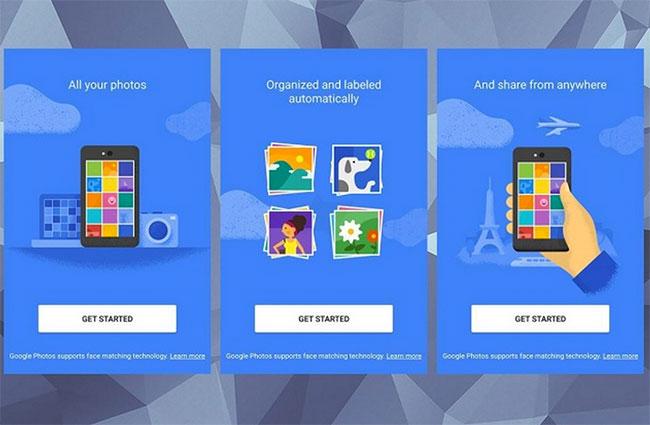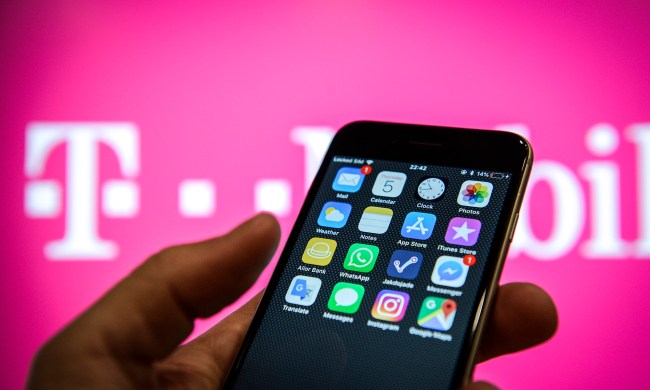
But as Nashville Business Journal reporter David A. Arnott found out last week, it’s still very much rough around the edges. The latest embarrassing teething issue? Removing Google Photos from an Android phone doesn’t necessarily stop it from uploading photos.
It’s not so much a bug as an ambiguity. Google Photos on Android relies on Google Settings for backups, a Google service that functions independently from the app. (In other words, installing Photos “triggers” photo uploads in the background, but isn’t principally responsible for handling them.) You might think of uninstalling Photos without disabling backups in Google Settings as analogous to trying to turn off a ceiling light by removing the light switch surround.
Opting out of Photos is simple — just switch off Google Photo Backup in Google Settings — but not overtly apparent. Google says that Photos is “working as intended,” but Arnott thinks that’s a problem. “For the more than 10 million people who have Google Photos on their phones, how many sexting images has Google obtained without users’ knowledge? How many people have been photographed and now subjected to Google’s recognition technology without the photographer’s knowledge?” he wrote.
Arnott’s point — that Google Photos isn’t as transparent about its operations as it needs to be — is a fair one, but perhaps a little less pressing than Photo’s earlier kinks: a buggy algorithm that tagged black couples as “gorillas” and an issue that led some users to be unable to upload large collections of photos. Google has issued fixes for both.
Absent more vocal user resistance, however, Google does not appear interested in simplifying the Google Photos uninstall.


